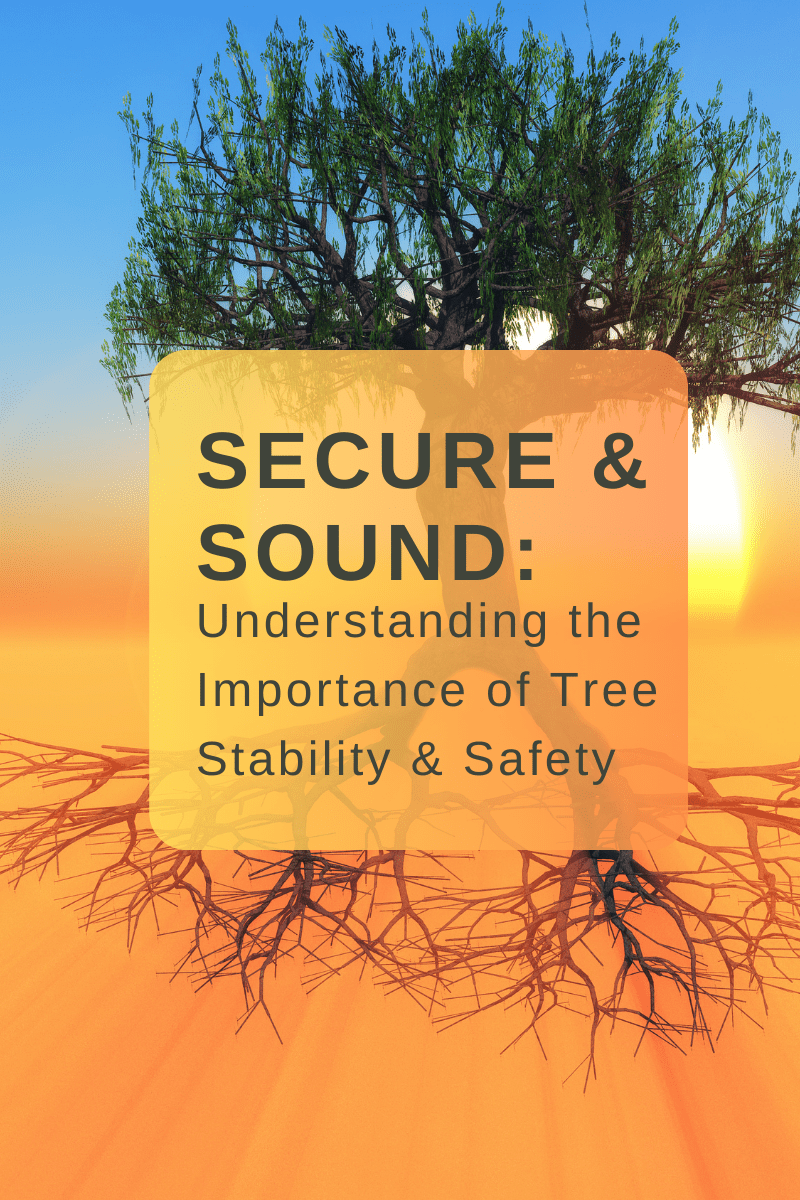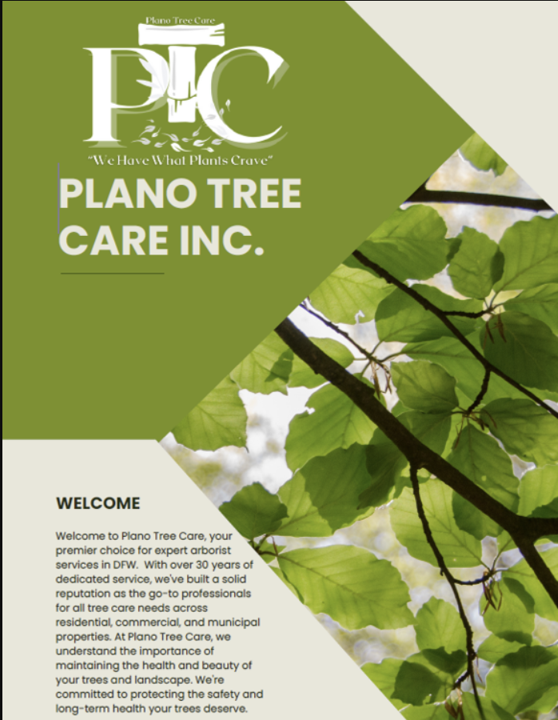Secure & Sound: Understanding the Importance of Tree Stability & Safety
When we admire the majestic beauty of trees, it’s easy to overlook the importance of their stability and safety. However, ensuring that trees are structurally sound and pose no risk of falling is crucial for the well-being of both people and property. In this article, we will explore the significance of tree stability and safety, addressing common questions and providing valuable insights. Whether you’re a homeowner or a tree care professional, this article will equip you with the knowledge you need to prioritize tree safety and take appropriate measures to mitigate risks.
1. Why is tree stability important?
Tree stability refers to the ability of a tree to remain upright and withstand external forces such as wind, storms, or even its own weight. Here are the key reasons why tree stability is important:
- Prevents property damage: Unstable trees are more likely to topple during storms, leading to property damage, including structures, vehicles, or fences. Ensuring tree stability reduces the risk of costly repairs and potential insurance claims.
- Protects human safety: Falling trees or branches can cause serious injuries or even fatalities. By maintaining tree stability, we create a safe environment for people to enjoy outdoor spaces, reducing the risk of accidents.
- Preserves tree health: A stable tree is less susceptible to diseases and pest infestations. Proper stability measures, such as pruning, cabling, or bracing, promote overall tree health by reducing stress and allowing for proper airflow and sunlight penetration.
2. How can tree stability be assessed?
Evaluating tree stability requires a combination of visual inspection and professional expertise. Here are some factors that arborists consider when assessing tree stability:
- Lean: Excessive lean or a sudden change in a tree’s angle may indicate instability. Arborists assess the degree of lean, its location, and whether it’s due to natural growth patterns or external factors like wind or soil conditions.
- Trunk and root health: Inspecting the trunk for signs of decay, cavities, or cracks is essential. Additionally, evaluating root health through soil analysis or excavation can uncover potential issues affecting stability.
- Branch condition: Assessing the condition of branches involves looking for signs of deadwood, weak attachments, or excessive weight that could contribute to instability.
3. What are the methods for improving tree stability?
If a tree is deemed unstable or poses a safety risk, several methods can be employed to enhance its stability:
- Pruning: Proper pruning techniques, such as crown reduction or thinning, can help balance the weight distribution in a tree’s canopy, reducing the risk of branch failure.
- Cabling and bracing: Cables and braces are used to provide additional support to weak or compromised branches or stem. This method helps redistribute weight and minimize the risk of failure.
- Soil management: Addressing soil compaction, improving drainage, and providing necessary nutrients can contribute to a tree’s stability by enhancing root growth and overall health.
4. When should tree stability measures be taken?
Tree stability measures should be taken as soon as potential issues are identified. Regular inspections by a certified arborist are crucial for early detection and proactive management. Additionally, consider the following scenarios that warrant immediate attention:
- After severe weather events: Storms, high winds, or heavy snowfall can weaken trees and compromise stability. Assessing and addressing any damage promptly is essential.
- Construction near trees: Construction activities near trees can disrupt root systems and impact stability. Implementing pre-construction assessments and protective measures can minimize long-term risks.
- Signs of instability: If you notice signs such as visible cracks, excessive leaning, or large dead branches, consult with an arborist to evaluate tree stability and recommend appropriate actions.
Tree stability and safety should never be taken for granted. By understanding the significance of tree stability, assessing risks, and implementing appropriate measures, we can protect property, ensure human safety, and promote the long-term health of our beloved trees. Remember to consult with a professional arborist for expert guidance and assistance in maintaining stable and safe trees.
If you have any concerns about the stability and safety of your trees or need expert assistance in maintaining their well-being, contact us today to learn more about our services and schedule a consultation. Our team of certified arborists is ready to provide you with the necessary expertise and guidance to ensure the stability and safety of your trees. Don’t wait until it’s too late—take action now to protect your property and create a safe environment for everyone. Together, let’s prioritize tree stability and safety for a secure and sound future.





